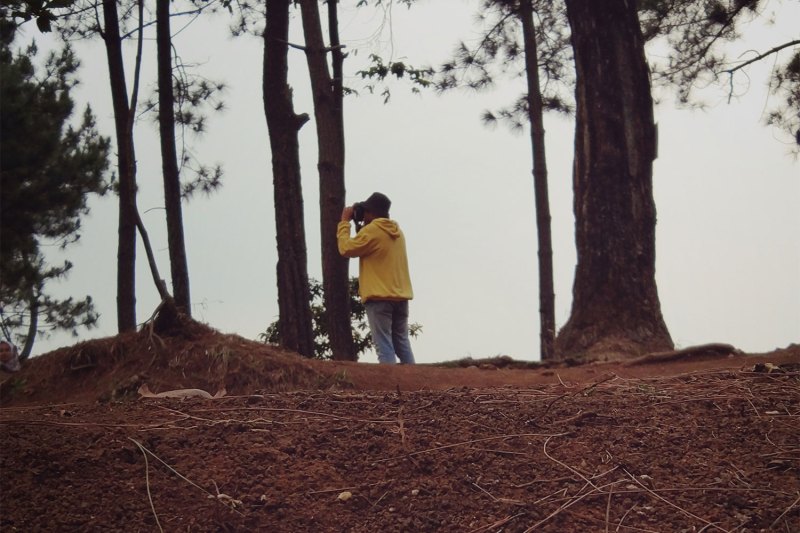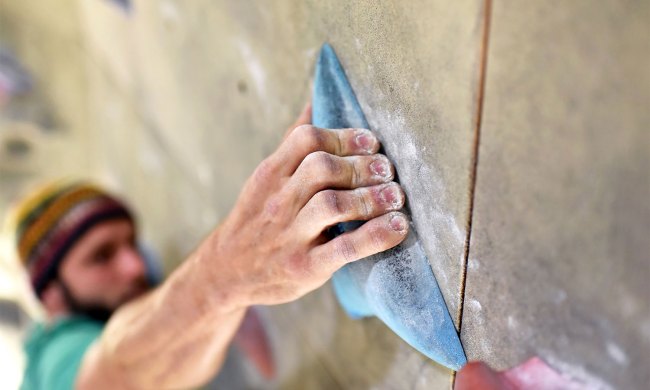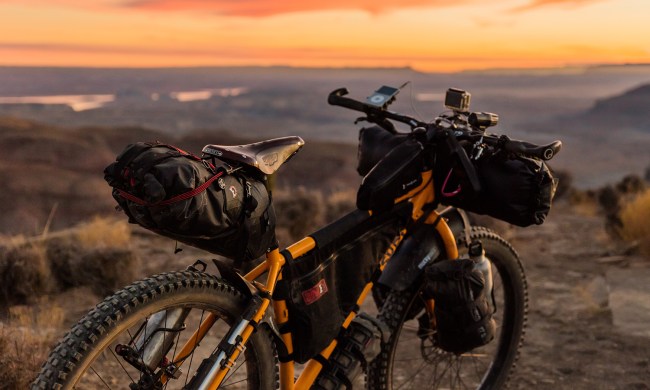Since the dawn of time, people-watching has been a way for humans to make sense of the world and people around them by picking up on idiosyncrasies to try and portray another’s backstory. Although our capacity for idly observing people in crowded places has been hindered by quarantine lockdowns, there is still an abundant reserve of entertainment out in the world if you know where to look. It’s time to spread your wings and take to the Audubon with The Manual’s beginner’s guide to bird watching.
There’s something soul-soothing about watching a creature in its natural habitat — calm, collected, and congenial. Not only does birding offer many mental, physical, and social health benefits, one of the biggest drivers of the recent bird watching revolution is its convenience. Bird watching is an inexpensive activity as well, made all the more interesting because birds are the closest relatives to dinosaurs we have left on Earth, and it can be done anywhere from your own backyard and local city park, to national and state wildlife sanctuaries and refuges.
This ease and convenience has become well-noted throughout the 2020 global pandemic, too. The Los Angeles Times found that The National Audubon Society’s bird-identification app was downloaded at twice that of its average in the months of March and April, as more people explored ways to fulfill their appetite for the outdoors with safe and socially distant activities, bringing the number of birders in the U.S. to 47 million.

Whether you’re an experienced ornithologist, simply love these prehistoric creatures, or firmly believe that birds aren’t real, the birdwatching resurgence makes a lot of sense; any excuse to get outside, collect some fresh air, and decompress is absolutely necessary for maintaining our sanity during these times. Here’s how you can get started.
Bird Watching Equipment
The items you need to begin your journey as a birdwatcher will depend on multitude of things, including your aspirations for the sport and the range in which your willing to travel to find new species; however, you’ll only need a simple and selective set of equipment to get going.
Binoculars
A quality set of binoculars is critical to your ability to spot, record, and ultimately have a successful birding experience. Some experts may have become well-versed in identifying birds by behavior and sound, but for beginners, having sight enhancement is undoubtedly useful.
Believe it or not, the best binoculars can climb up into the thousands of dollars, so if you’re just getting your eyes suited to the birdwatching universe, we recommend the cost-effective Nikon Prostaff ($190) binoculars. It’s a perfect pair for the casual and beginning birder, with a lightweight build, up to 357 feet of magnified view, and a unique optical system that provides clear and sharp images, as well as sustained eye relief.
A great budget option would be Nikon’s Aculon model, which provides suitable performance and durability for under $100. If neither of these fit your fancy, we’ve got a complete guide on the best binoculars for birding, backpacking, and beyond.
Field Guide
The next essential tool in the beginner’s guide to bird watching is a field guide for the area where you plan on grazing the skies. Considering the popularity of birdwatching in the U.S., you’ll be pleased to know that no matter where you plan on birding there is a field guide to help you along the way.
Again, you can use The National Audubon Society’s helpful resources to find local chapters, local field guides, as well as utilize its free Audubon Bird Guide: North America app for added information on different bird calls and an interactive feature to access species recently spotted in your area.

If you want to have a comprehensive guide in one place, there’s National Geographic’s “Complete Birds of North America, 2nd Edition” ($40), which details over 1,000 bird species across the country as well as its seasonal migrators.
You may also find that many refuges and sanctuaries have done most of your homework for you and will provide detailed information on different species either living or visiting the area.
Pen and Paper
In order to record your findings, it’s imperative that you bring along a pen and notebook to keep your observations in one place. Part of the birdwatching spectacle is making a list of birds in your search area and then crossing them off as you find them in the wild. It’s a traditional and tangible method for beginner and expert birders alike to record their accomplishments and expand their working knowledge of bird descriptions and behaviors.
Comfortable Shoes or Boots
Whether you’re touring a local park or heading to the mountains for some off-site bird watching, most birding expeditions seem to last longer than originally planned. Even so, if you’re going to be on your feet for long periods of time, it’s important that you equip yourself with a quality pair of shoes or boots, tailored to the landscape of your journey. If it’s the height of summer, you may want to bring a head covering while you’re at it.
Other Beginner Tips for Bird Watching
Join a Community
Considering the millions of birders across the country, your immersion into the bird watching world will be made easier with the help of others. You can start by finding local chapters with The National Audubon Society’s “Audubon Near You” feature or joining a birders group on Facebook.
Make a Plan and Do Your Homework
There is a lot you can do before even leaving the house to set yourself up for success in the field. If you’re looking for specific species, make a list of important information about the bird beforehand in order to make sure you have the best chance of catching a glimpse. For example, here are a few questions you can ask yourself before heading out: Does this bird like to come out and eat in the mornings or the afternoon? Is the bird species only around the area in the summer? Is it going to be raining tomorrow morning?
The American Birding Association’s Code of Birding Ethics
Another useful tool to guide you along your bird watching hobby is to familiarize yourself with the ABA’s “Code of Birding Ethics.” Not only is this a great guide to help minimize your impact on ecosystems and wildlife in areas you’re visiting, but it helps foster a healthier birding community for all.
The best part about birding is you can start right now.


